TECHNOLOGIES BY SERVICE
Click each icon for the technologies designed for runners, cyclists and those in need of physical therapy.
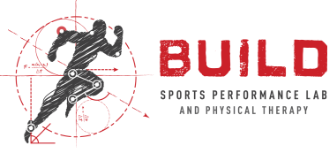
Click each icon for the technologies designed for runners, cyclists and those in need of physical therapy.








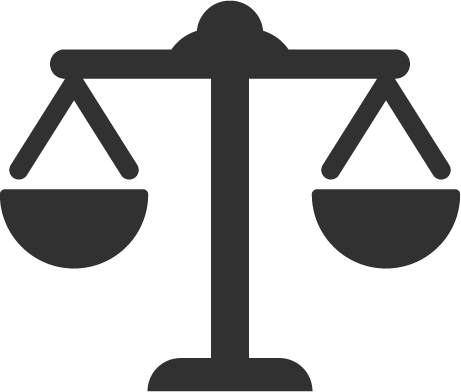

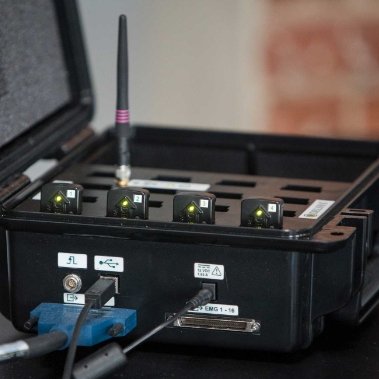
Primary use: Dynamic muscle contraction comparison and real-time feedback for runner’s movement skills training. Real-time display of EMG + IM data.
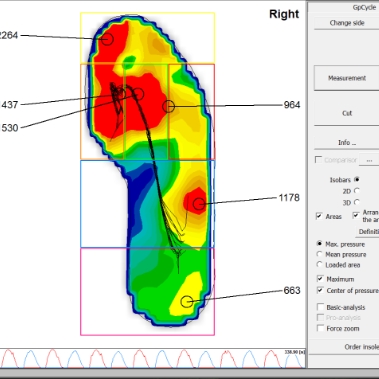
Primary use: Analysis of a runner’s foot contact pressure within a running shoe. GP Run Sensor (Foot Pressure) 3 Footbed Sizes.
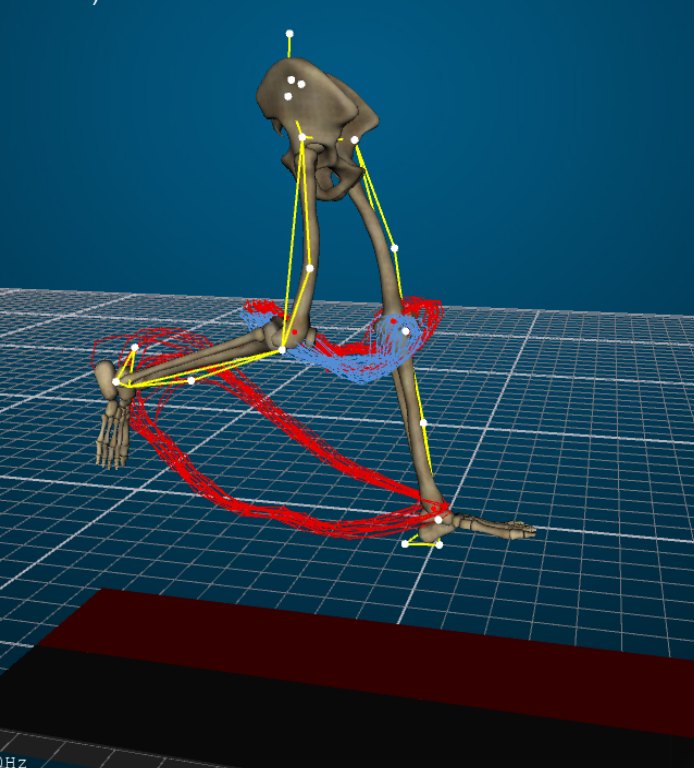
Primary Use: For real-time visualization of a runner’s 3D joint quantitative motion and leg stiffness to provide diagnostics analysis and real-time feedback for movement and skills training.
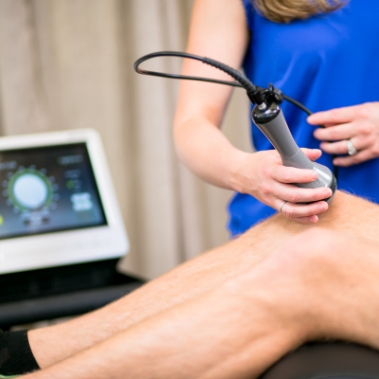
Diagnoses We Treat:
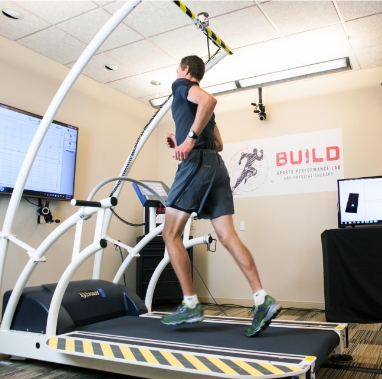
Primary use: Force and Pressure Diagnostic Analysis of a Runner. Zebris Diagnostic Running Gait Report. Allows for precise quantitative measurement and analysis of foot pressure and intensity of left/right and heel/toe balance.
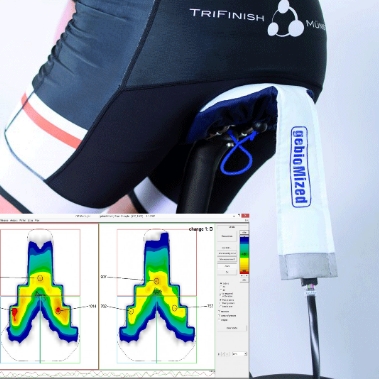
Primary use: Custom modification of all cycling contact points.
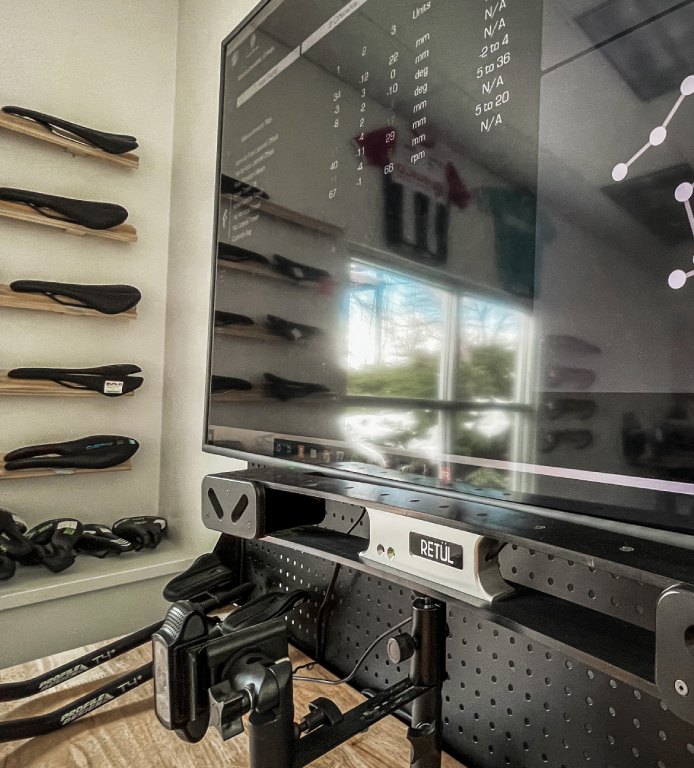
Primary Use: For real-time visualization of a cyclist’s 3D joint quantitative motion on the bike to provide diagnostics analysis and real-time feedback for movement and skills training.
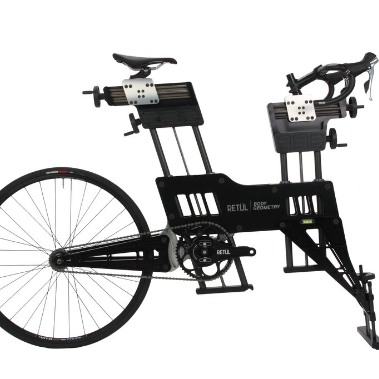
Primary use: Dynamic modification of a cyclist's position by changing the orientation of saddle, stem, bars, pedals and crank length to find the rider’s ideal position and equipment for road, mountain or TT/ triathlon positions.

Primary use: Using the EMG system with patients helps them to visually see how little or how much they are activating specific muscles relative to another muscle group or the opposite side while performing an activity. This is particularly helpful in rehabilitation of an injury when the patient is having a difficult time learning how to activate a muscle or reduce compensation of other muscle groups.

Primary Use: Laser therapy is used to compliment our physical therapy treatments to help the patient get better. It generates a photochemical response in damaged tissue by a process called photobiomodulation. This process stimulates healing on a cellular level by enabling cells to more rapidly produce energy (ATP). The end result: it speeds tissue healing.
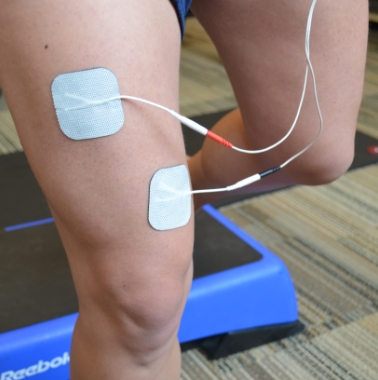
Primary use: Neuromuscular electrical stimulation, or electromyostimulation, creates muscle contractions using focused electrical impulses. It is used for training, recovery and rehabilitation.
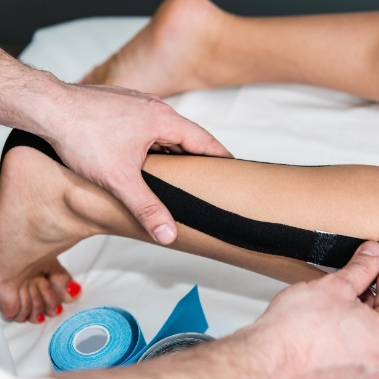
Primary use: Also known as elastic therapeutic tape, k-tape or KT, Kinesio-Taping utilizes an elastic cotton strip with an acrylic adhesive to treat pain and disabilities from sports and other forms of injuries.
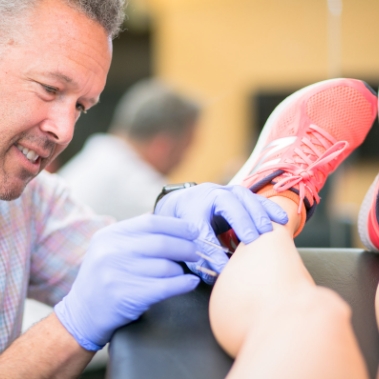
Primary use: By relieving and/or inactivating trigger points, Dry Needling helps to relieve pain, improve range of motion and stabilize issues with motor end plates. Many swear by its efficacy, so as the saying goes, 'don't knock it 'til you've tried it.'
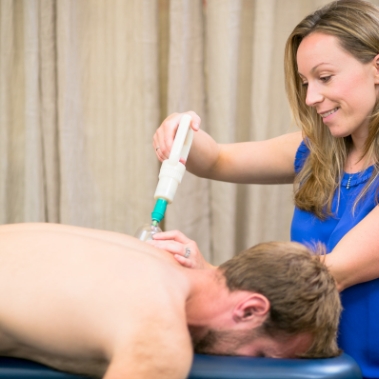
Primary use: Using specialized suction cups strategically located on the body, the practice of Cupping reduced pain and inflammation while increasing blood flow and relaxation. Think of it as a half dozen pinpointed massage hands all working at the same time.
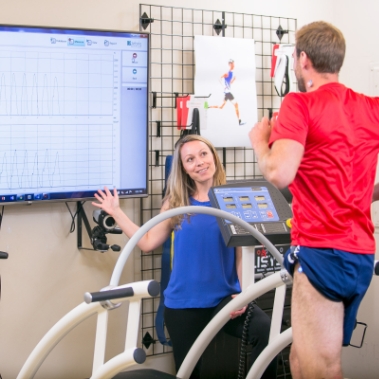
Primary use: Force and Pressure Diagnostic Analysis of a Runner. Zebris Diagnostic Running Gait Report allows for precise quantitative measurement and analysis of foot pressure and intensity of left/right and heel/toe balance.
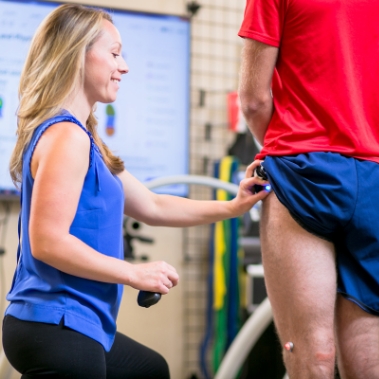
Primary use: The 2D and 3D analysis of the runner or cyclist is used to demonstrate changes and/or corrections to form. Using this sophisticated, state-of-the-art technology allows us to show clients areas for improvement, corrections to form, and addresses other problem areas identified in initial evaluation and also analysis.
With the data from 2D and 3D analyses, we are able to show any client measurable improvements made after the baseline is established. The process also allows us to provide feedback in real time so clients learn how to interpret change during movement as well as how to prevent injury.

Primary Use: For real-time visualization of a runner’s 3D joint quantitative motion and leg stiffness to provide diagnostics analysis and real-time feedback for movement and skills training.

Primary use: Neuromuscular electrical stimulation, or electromyostimulation, creates muscle contractions using focused electrical impulses. It is used for training, recovery, and rehabilitation.

Primary use: Dynamic muscle contraction comparison and real-time feedback for runner’s movement skills training. Real-time display of EMG + IM data.

Primary use: Force and Pressure Diagnostic Analysis of a Runner. Zebris Diagnostic Running Gait Report allows for precise quantitative measurement and analysis of foot pressure and intensity of left/right and heel/toe balance.
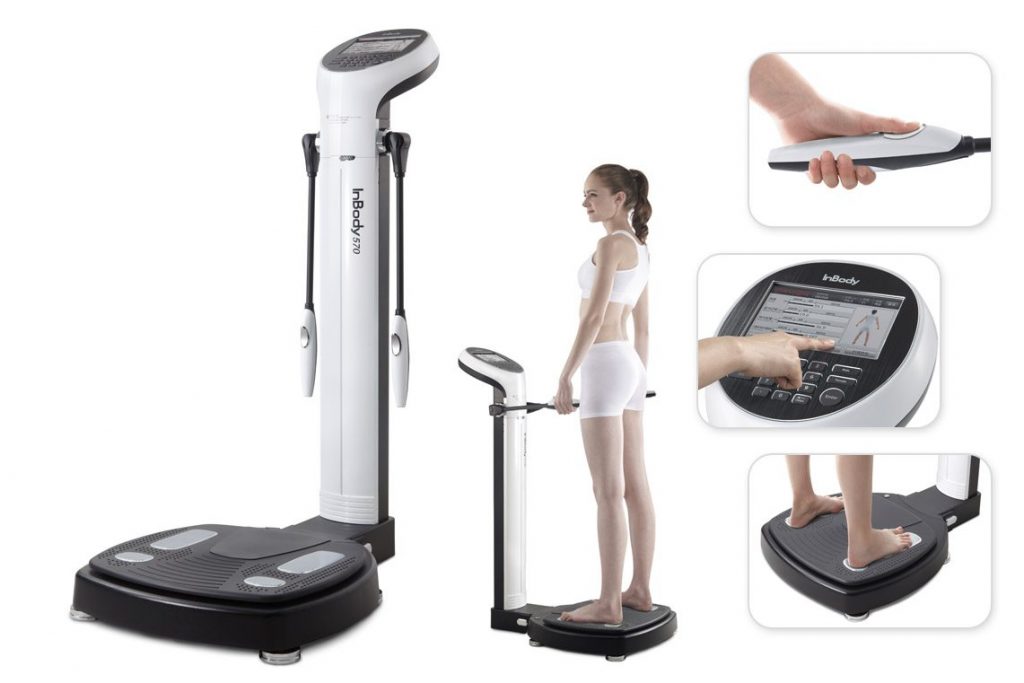
The InBody Bioelectrical Impedance Analysis system sends safe, low-level electrical currents through the body via hand and foot electrodes. The system measures the impedance from different body tissues (muscle, fat, bone, blood, etc.) and calculates your body composition. The test takes approximately 30 seconds. The Inbody BIA has been shown to be 98% accurate compared to the gold standard DEXA testing. Learn more about the InBody test from the InBody website.